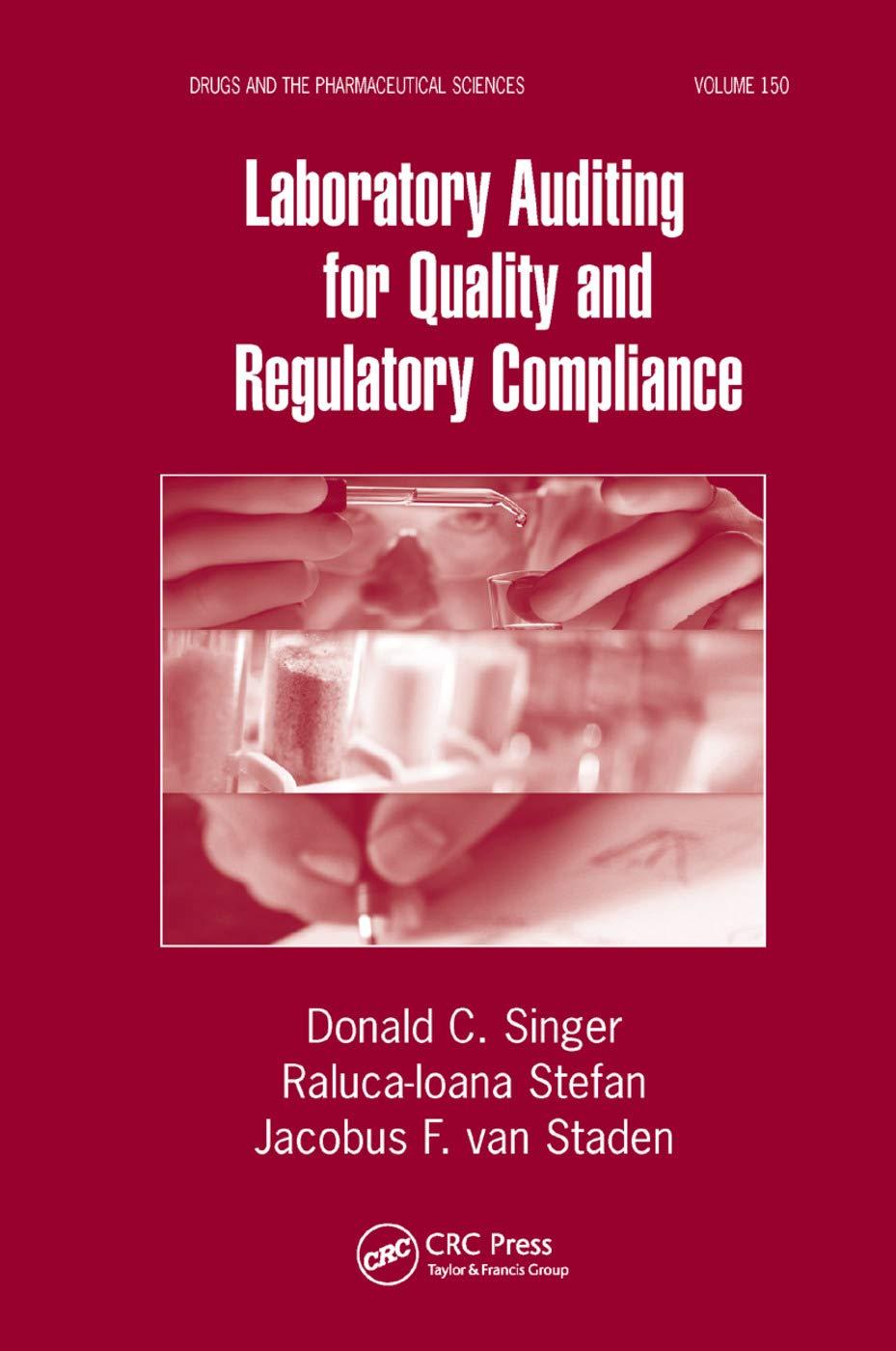

CHECK FIGURE c. All-purpose: $8,796.60 Seasonal: $8,256.00 Problem 5-16A Using activity-based costing to improve allocation accuracy This problem is an extension of Problem 5-154, which must be completed first. Bombay's accounting staff has disaggregated the $216,000 of overhead costs into the following items. (1) Inspection costs $ 19,200 (2) Setup costs 12,960 (3) Engineering costs 19,200 7,200 (4) Legal costs related to products (5) Materials movement cost per batch 2,880 (6) Salaries of production supervisors 48,000 (7) Fringe benefit costs 9,600 4,800 (8) Utilities costs (9) Plant manager's salary 28,800 (10) Depreciation on production equipment 43,200 (11) Depreciation on building 9,600 (12) Miscellaneous costs 6,000 (13) Indirect materials costs 3,360 (14) Production employee incentive costs 1.200 Total $216.000 Required a. Each of Bombay's rug lines operates as a department. The all-purpose department occupies 6,000 square feet of floor space, Page 234 and the seasonal department occupies 12,000 square feet of space. Comment on the validity of allocating the overhead costs by square footage. b. Assume that the following additional information is available: 1. Rugs are individually inspected. 2. Bombay incurs setup costs each time a new style of seasonal rug is produced. The seasonal rugs were altered nine times during the year. The manual equipment for all-purpose rugs is reset twice each year to ensure accurate weaving. The setup for the technical equipment used to weave seasonal rugs requires more highly skilled workers, but the all-purpose rugs require more manual equipment, thereby resulting in a per setup charge that is roughly equal for both types of rugs. Bombay undertook 22 setups during the year, 18 of which applied to seasonal rugs and 4 that applied to all-purpose rugs. 3. Ninety percent of the product-level costs can be traced to producing seasonal rugs. 4. Six supervisors oversee the production of all-purpose rugs. Because seasonal rugs are made in an automated department, only two production supervisors are needed. 5. Each rug requires an equal amount of indirect materials. 6. Costs associated with production activities are assigned to six activity cost pools: (1) labor-related activities, (2) unit-level activities, (3) batch-level activities, (4) product-level supervisory activities, (5) other product-level activities, and (6) facility-level activities. Organize the $216,000 of overhead costs into activity center cost pools and allocate the costs to the two types of rugs c. Assuming that 180 seasonal and 480 all-purpose rugs were made in January, determine the overhead costs that would be assigned to each of the two rug types for the month of January. CHECK FIGURE c. All-purpose: $8,796.60 Seasonal: $8,256.00 Problem 5-16A Using activity-based costing to improve allocation accuracy This problem is an extension of Problem 5-154, which must be completed first. Bombay's accounting staff has disaggregated the $216,000 of overhead costs into the following items. (1) Inspection costs $ 19,200 (2) Setup costs 12,960 (3) Engineering costs 19,200 7,200 (4) Legal costs related to products (5) Materials movement cost per batch 2,880 (6) Salaries of production supervisors 48,000 (7) Fringe benefit costs 9,600 4,800 (8) Utilities costs (9) Plant manager's salary 28,800 (10) Depreciation on production equipment 43,200 (11) Depreciation on building 9,600 (12) Miscellaneous costs 6,000 (13) Indirect materials costs 3,360 (14) Production employee incentive costs 1.200 Total $216.000 Required a. Each of Bombay's rug lines operates as a department. The all-purpose department occupies 6,000 square feet of floor space, Page 234 and the seasonal department occupies 12,000 square feet of space. Comment on the validity of allocating the overhead costs by square footage. b. Assume that the following additional information is available: 1. Rugs are individually inspected. 2. Bombay incurs setup costs each time a new style of seasonal rug is produced. The seasonal rugs were altered nine times during the year. The manual equipment for all-purpose rugs is reset twice each year to ensure accurate weaving. The setup for the technical equipment used to weave seasonal rugs requires more highly skilled workers, but the all-purpose rugs require more manual equipment, thereby resulting in a per setup charge that is roughly equal for both types of rugs. Bombay undertook 22 setups during the year, 18 of which applied to seasonal rugs and 4 that applied to all-purpose rugs. 3. Ninety percent of the product-level costs can be traced to producing seasonal rugs. 4. Six supervisors oversee the production of all-purpose rugs. Because seasonal rugs are made in an automated department, only two production supervisors are needed. 5. Each rug requires an equal amount of indirect materials. 6. Costs associated with production activities are assigned to six activity cost pools: (1) labor-related activities, (2) unit-level activities, (3) batch-level activities, (4) product-level supervisory activities, (5) other product-level activities, and (6) facility-level activities. Organize the $216,000 of overhead costs into activity center cost pools and allocate the costs to the two types of rugs c. Assuming that 180 seasonal and 480 all-purpose rugs were made in January, determine the overhead costs that would be assigned to each of the two rug types for the month of January








